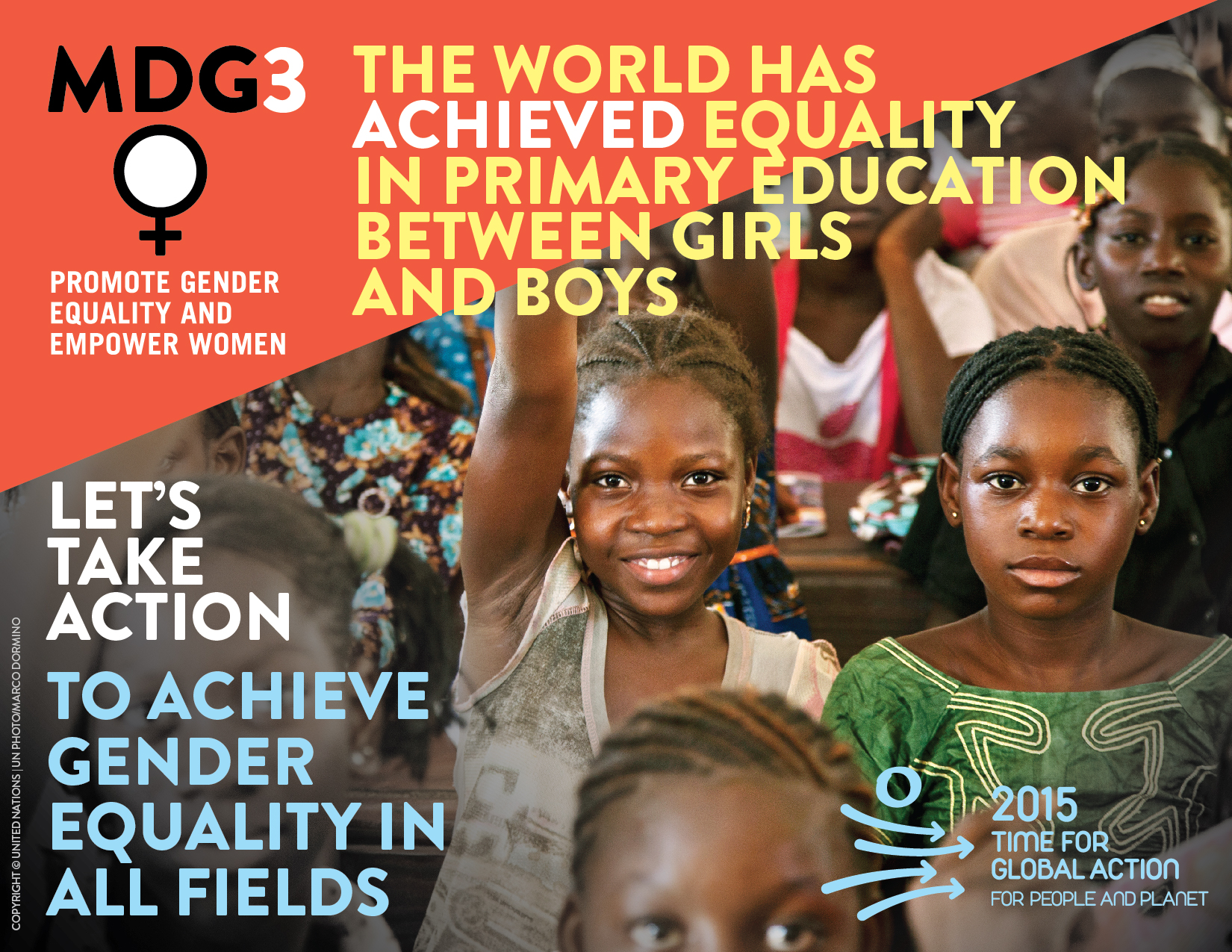Unfortunately, we have come to the end of my blog now! Over the past few weeks, I have looked at a range of different issues which disproportionately affect women including: the unequal access to groundwater, the burden of water collection, gender-based violence, period poverty, inequalities in irrigation, participation in water management and climate change. After exploring these issues in my blog, it has become clear that there is still work to be done to fight gender inequality in relation to water. If gender inequality in relation to water is to be dismantled in Africa, then socio-cultural norms and taboos need to be broken down so that women can have equal opportunities to men. Although improving infrastructures and technologies will help women to an extent, wider societal inequalities between men and women need to be addressed first. In order for this to happen, both men and women should be educated on the issues perpetuated by socio-cultural norms, as well as the benefits that ...




Very interesting introductory post! I really like how you started with a review of the paper 'How to Write About Africa' and then used it to 'set up' the scope an focus of your blog. Very good synthesis of resources and use of hyperlinks.
ReplyDeleteGood signposting on the main topics and interlinking themes (and that you will discuss them later on).
I would encourage you to post regularly so that we can read more about these interesting cross-cutting issues.
(GEOG0036 PGTA)